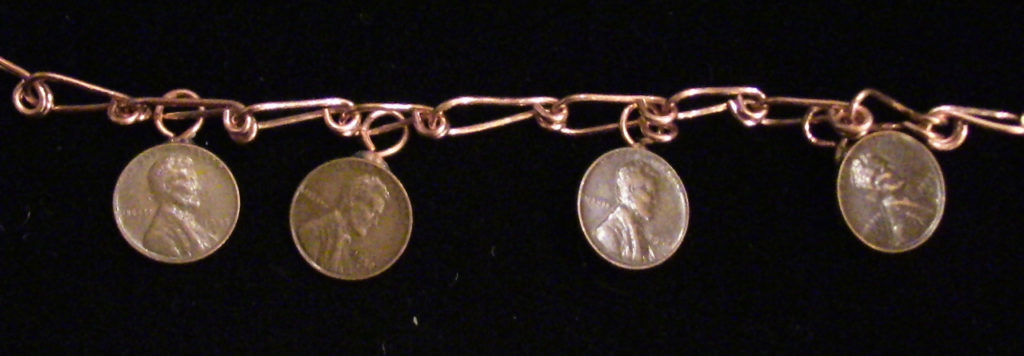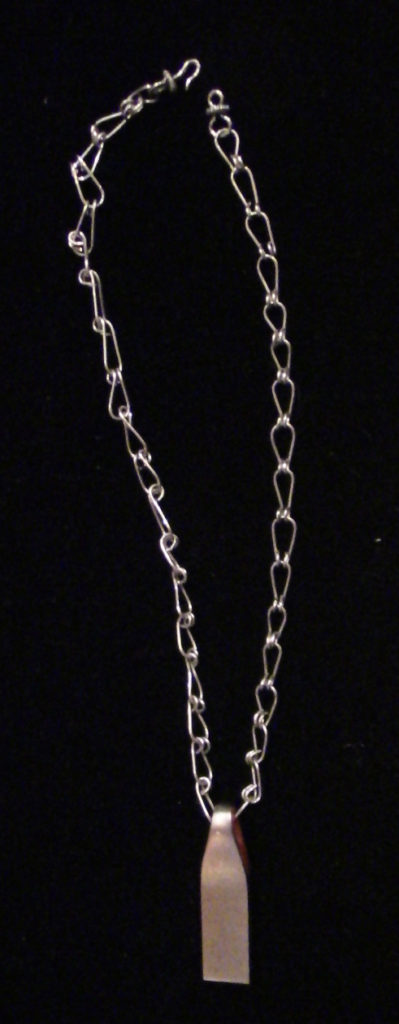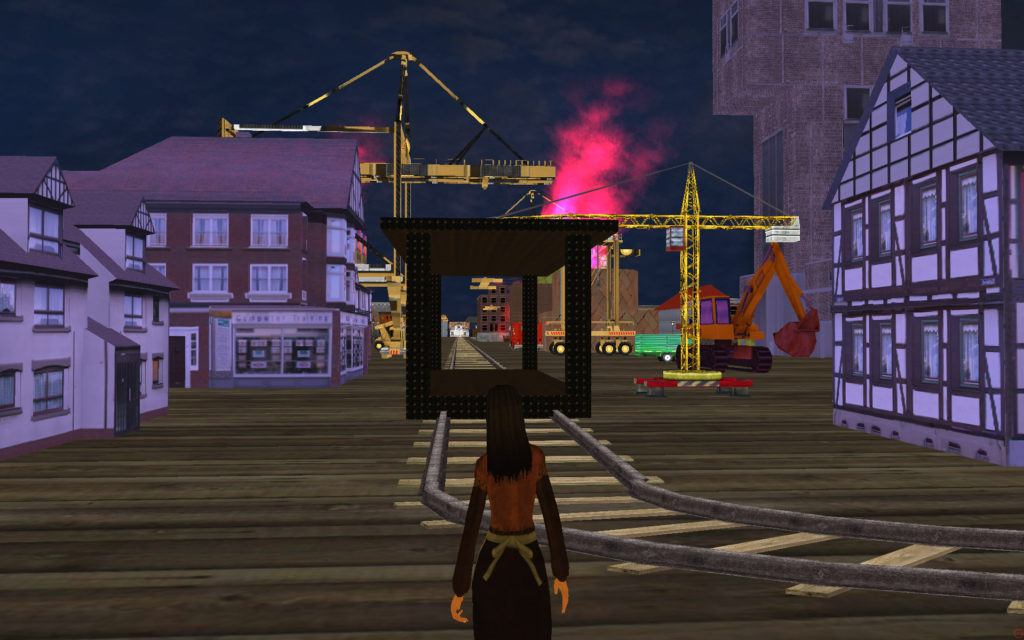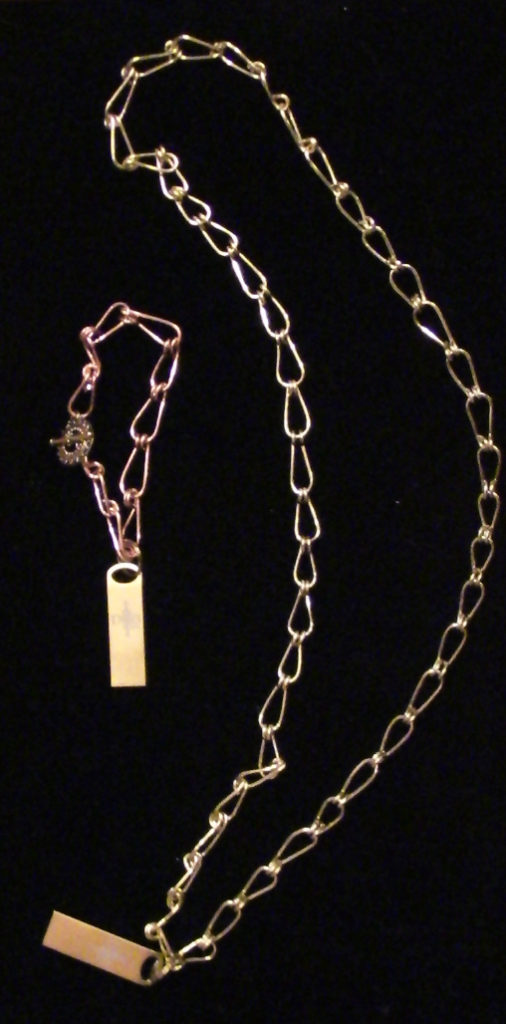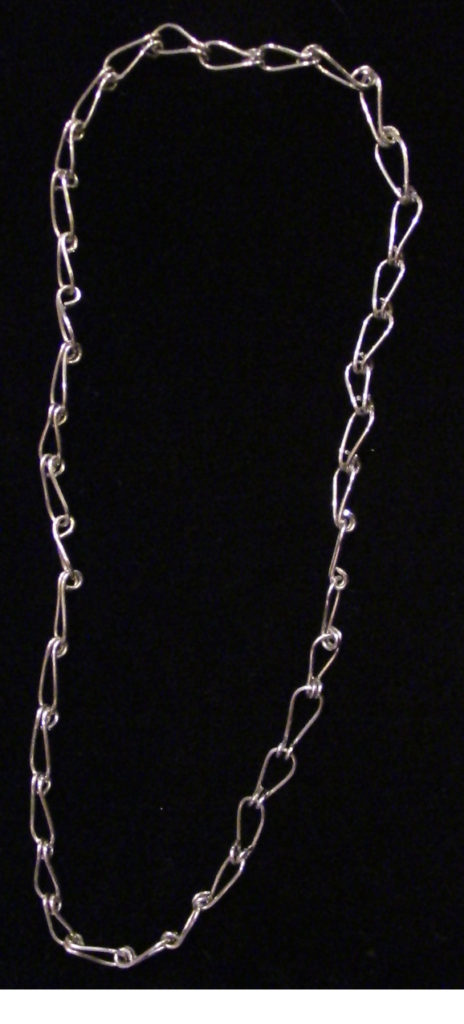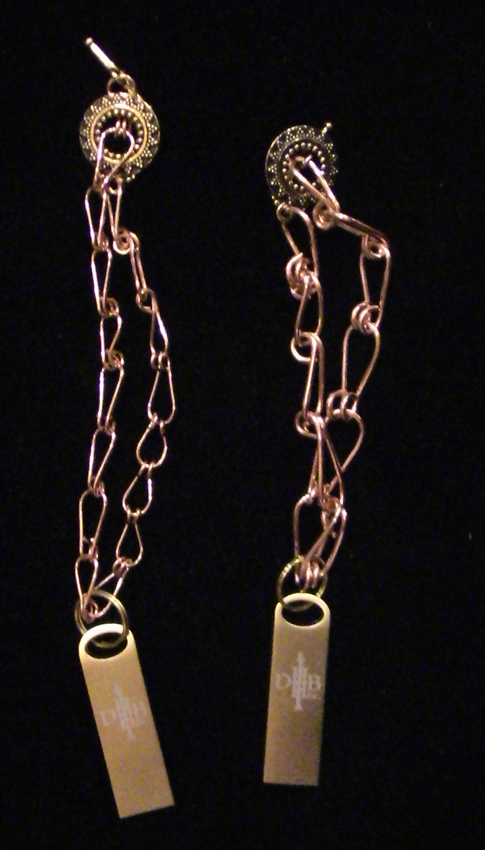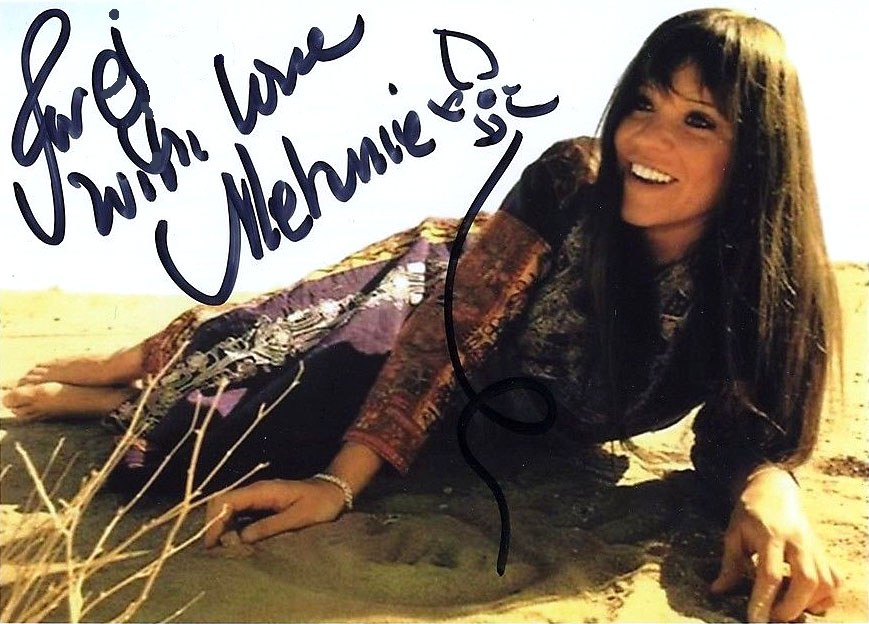This is a very important message, but then, so are they all. Take a good look at the charm bracelet above. The coins could be anything from ancient to modern, any denomination and any mintage.
The coins are mounted on a handmade bracelet. You’ll note that the clasp is in place — you can find out how to mount clasps on handmade chains by going to my ejgoldguru channel on youtube, or you can attend a class or two on ZOOM if you like.
These particular coins happen to be Lincoln Wheat-Backed Cents, otherwise known as Lincoln Wheaties.
You simply use a hot glue gun to glue these coins onto a double loop, and connect the loop to the links on the bracelet. Simple, cheap and easy to sell.
The copper coins you see here are not particularly rare or valuable, just old and great-looking, solid copper one-cent government-issued precisely-weighted disks that carry all sorts of amuletic vibes of times, places and people — lots of history and personal experience personally experienced, generally in pocket or purse of a temporary custodian, until the coin is finally spent at the marketplace, put into savings, or buried under the third or fifth fencepost, which is like using “Jeff” as your banking password.
Those coins project PASTNESS.
That’s how things like coins tend to vibe out — they have been around the block many times over, and have seen a lot in their time.
The ones in the photo above date anywhere from 1909 to 1958, then the Lincoln Memorial-Backed Cents came out — same front or “obverse”, which is a portrait of 16th U.S. President Abraham Lincoln, but it has a very different back, a landscape of the Lincoln Memorial building in Washington, D.C. which some idiot senators thought looked better than the beautiful wheat-backs.
As usual, they caused more trouble than they solved. Politicians haven’t changed at all in the past couple hundred years. Want proof? Read Mark Twain’s comments in the 1880s about the U.S. Senate — same complaints, same ripoff crooks, same old story.
Never mind about that. Let’s concentrate on the coins a moment.
Suppose that these coins were INDIAN HEAD PENNIES? That’d bring some interest, wouldn’t you say?
Or maybe they’re WIDOW’S MITES, from the land of the Bible and the time of Jesus — this coin is mentioned in the Bible specifically, as one which Jesus received from a poor donor.
“For I say unto you,” he said in his usual pontifical tone, “that this poor woman giveth greatly, while the wealthy gentleman hath given hardly nothing,” he droned on, as recorded by St. John, St. Paul, St. George and St. Ringo.
They all spoke or spake, or hath bespoken like that in the Bible days — not entirely sure why, but you can always tell when one of those Bible people are speaking. It sounds like something concocted shortly after the time of King Arthur.
Above is pictured a silver-colored Classic Godd Particle suspended on a handmade .925 sterling silver chain — 33 links in .20 gauge wire, hand-polished with a dry jeweler’s cloth.
The Godd Particle slides easily along the chain, and tends to hang just exactly right, if you’ve weighted the chain correctly, which comes with practice, practice, practice.
But not with silver. Don’t practice with silver. Several folks have already asked about silver kits, and I said no, because you should be damn near perfect in copper before you move on to silver, or it will cost you dearly, I promise.
If you make the chain without a clasp, as an “overhead” necklace that you merely slip on over the head and let dangle down in front as far as it wants to, you can use the Godd Particle in your USB port, to run the internal orbs contained in there.
You actually have an entire city inside that thing.
I do mean an entire city — it’s huge and takes hours to walk through all of it, and it’s all contained in that little flash drive on your new sterling silver chain, and you can access all of it by running it on your computer!
But you don’t have to run it at all. Just wearing it gives you all the benefit of running the Orbs! You can add to that with some conscious runs through the space.
You might want to create a set of Godd Particle jewelry — here is a necklace and bracelet combination that’s relatively quick and easy to make, great for fast order situations, such as virtual fairs or sales presentations.
Again, it’s easy to use these in a USP port, especially the bracelet.
You’re right — there’s nothing hanging on this heavy .14 gauge sterling silver chain “overhead” necklace, and that’s because I didn’t hang anything on there.
I thought I’d wait to see what someone wanted on there. It has to be specially mounted, not just wired on.
This super-slinky hand-crafted ancient-style heavyweight chain is not available in any store. Just try to find something like it — you won’t.
This Roman Style Chain hasn’t been made for well over 2,000 years, and we’re about to re-introduce it into the marketplace, and I predict great things for it, because it’s like nothing else on the market, and it’s beautiful and impressive.
It can also be dainty. I can make little teensy squiggly things out of very thin wire, and you’d hear audible sighs of “oooh,” and “ahhh” out of the social butterflies, but that’s not for me — give me strong statements in metal, more like Viking and Roman than Woolworth’s and J.C. Penney’s.
It’s quite clear, the difference between .20 gauge wire in the copper charm bracelet on the left, and the much heavier and thicker .16 gauge copper wire in the bracelet on the right.
Both are very strong, and both work beautifully — it’s just a choice of aesthetics, that’s all, and the choice is entirely up to you — however …
.16 gauge is heavier, harder to bend, harder to work and much harder to handle than the thinner .20 gauge wire.
The smaller the number, the wider the wire, so .16 gauge is fatter than .20 gauge, and .20 gauge is much fatter around than .22 gauge, and so forth.
I recommend starting with .16 gauge, which is more forgiving and requires less training than .20 gauge, which is more demanding — there’s more that can go wrong.
My friend Melanie is wearing one of my chain bracelets that I made back in 1966 or 67, when I had my tiny little jewelry shop on Hollywood & Vine.
I still make bracelets the same way, out of wire, no solder, no casting.
Yes, it’s true — the Hippie Revolution was the tail end of the Stone Age, clearly referring to the act of getting stoned, so popular among the ancient martyrs.
When a martyr says “Let’s get stoned,” he means it.
See You At The Top!!!
gorby


